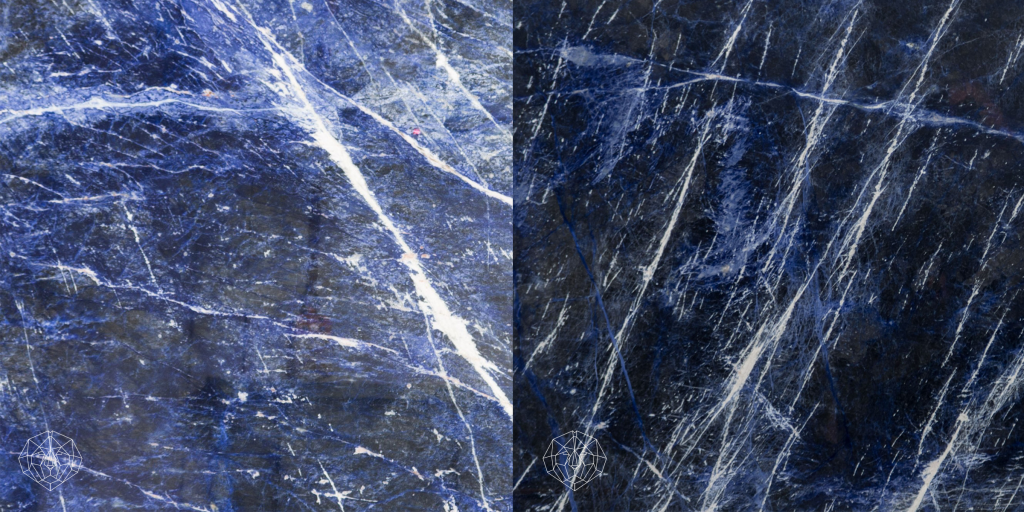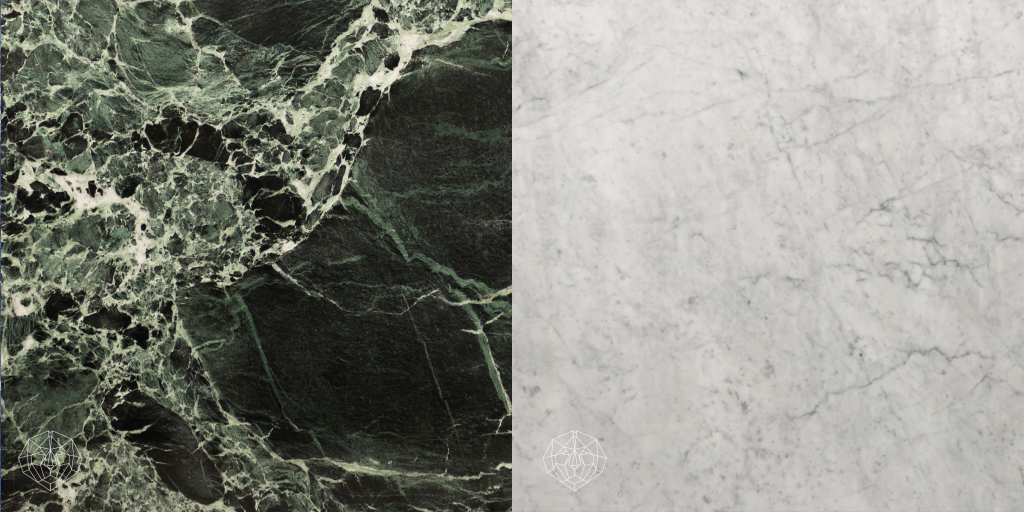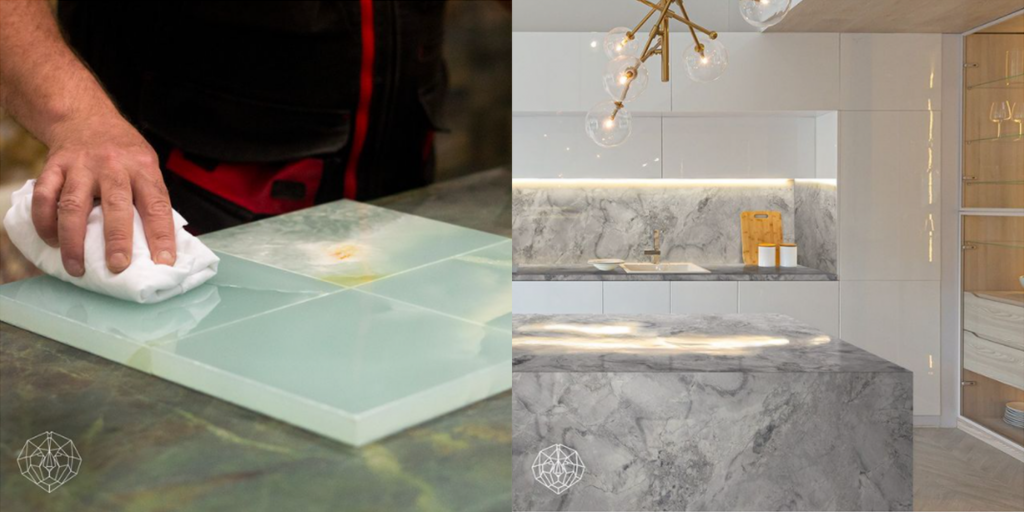Six things you should know about marble

It has been used since ancient times for countless purposes, from buildings to furnishings and artworks: Marble is a material loved and known for its supreme elegance and resistance over time. Maybe because of its continuous use, there are some aspects of it that we take for granted. We will tell you about them.
Absolute brilliance
Its name comes from ancient times, precisely from ancient Greece: the word derives from the verb “marmar“, which means “to shine“.
In addition to its luminous surface, however, there is much more: this is the reason we decided to go deeper, in search of those unknown features that make it such a fascinating material.
A Jewel of Nature
Speaking of marble, we can only start from its origins: how does it become the material we all know so well?
It is a metamorphic stone, which is born as a calcareous or dolomite material in the depths of the Earth, where it remains for hundreds of years. In this first period of its existence, it is subjected to high temperature and pressure, which over time compact and transform it until the result is reached: large blocks of marble, dense and coloured.
Its veins are created during the period of metamorphosis. These are in fact fragmented minerals into small pieces, which, in large quantities, fill the cracks and crevices of the original rock. Again due to the pressure, everything slowly crystallizes, giving life to the reflecting and sparkling veins.
This is the reason why every slab of marble is unique.

Infinite colour possibilities
White, beige and grey are certainly the most used colours, but they are certainly not the only ones available. In fact, there are a lot of different shades and varieties, ranging from black, to yellow, to red or purple.
The colour depends mainly on the place of extraction. Each type of marble is in fact practically unique and typical of the area in which is extracted: in some cases, certain characteristics of the stone can be so particular as to make the material exclusive not only to the area, but also to the specific quarry from which it is extracted.
For example, in the Aosta Valley a marble with a particular dark forest green shade called St. Denis is formed, while the classic Carrara marble, extracted exclusively in the Apuan Alps, is white with different shades of grey.

Unique physical characteristics
Among the most appreciated characteristics of marble we find its inability to retain heat, which is why it is frequently chosen for warm regions such as the Mediterranean or Indian ones.
In fact, the tiles made of this material take a very long time to heat up and do not absorb energy, unlike what happens, for example, with wood or concrete.
For this reason, it is highly recommended to naturally cool spaces.
Contrary to what one might think, marble is a relatively soft material: in fact it ranks between 2.5 and 5 on the Mohs classification scale, while granite, by way of comparison, reaches 8 degrees.
A safe choice
This softness makes it excellent for sculptures, and at the same time, it does not compromise its durability. In fact, if installed correctly, it can last for centuries: think, for example, of its use in the Pantheon in Rome.
Marble is also famous for its antibacterial and hypoallergenic properties, which make it particularly popular among homeowners with allergies, but also among families with small children.
Its high density and low porosity, in fact, do not retain bacteria and allergens, especially if associated with specific treatments.

Unusual uses
Finally, one last curiosity.
Marble dust is often used as a component for other products, including paints, plastics, paper, and toothpaste.
In addition, in some cases it is even given to dairy cattle or poultry as a source of calcium, a kind of natural supplement.
Now that you have learned more about this beautiful natural material, are you ready to meet its beauty? Access to the online stock and let yourself be carried away by our selection.


No Comments